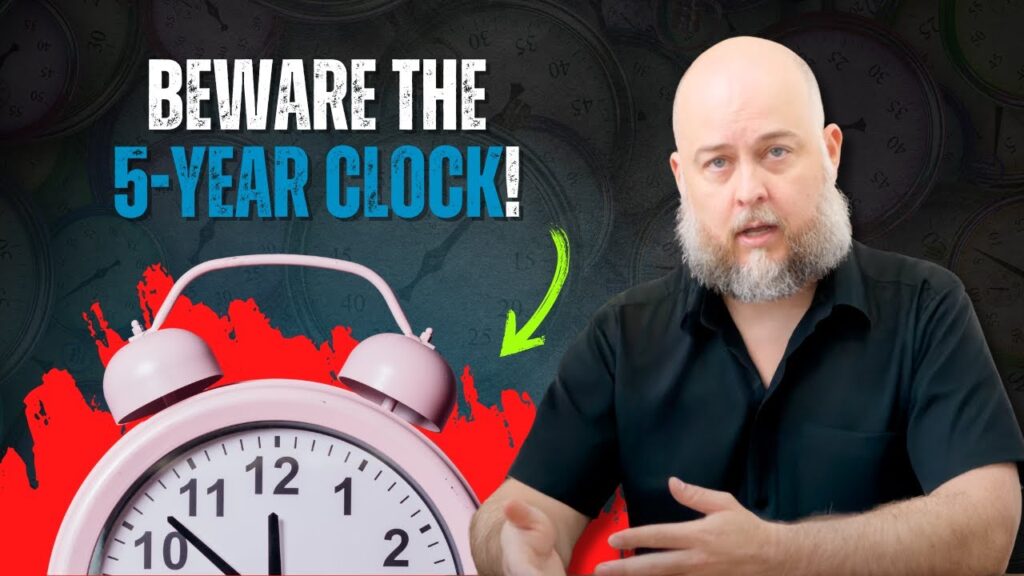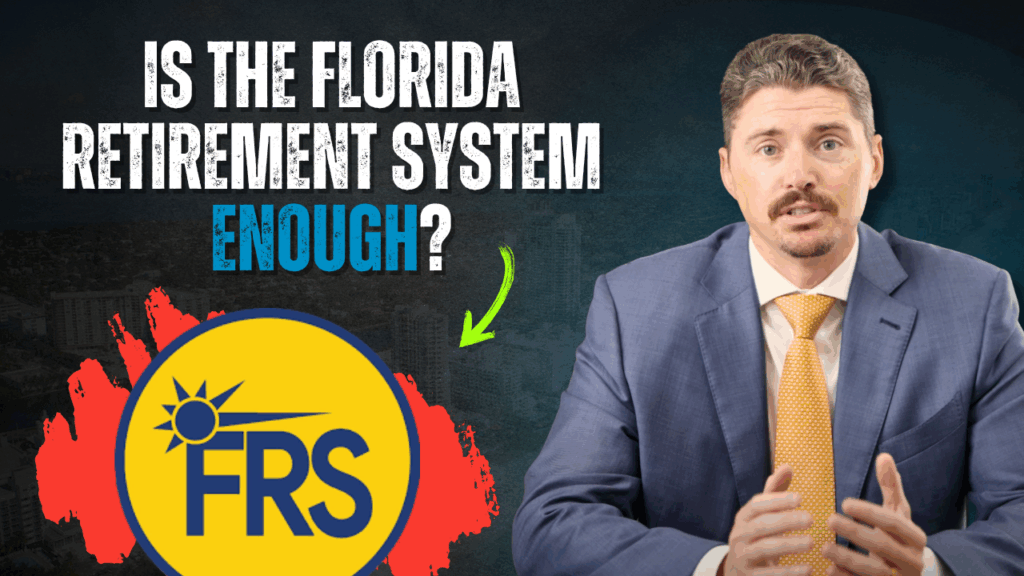As the U.S. economy approaches 2025, the Federal Reserve’s recent actions signal a critical shift in monetary policy. Yesterday, the Fed cut interest rates by 0.5%, the first rate cut in more than four years. The Fed has had a major role in fighting inflation and maintaining a healthy economy due to the extraordinary amount of stimulus injected into the economy during the Covid-19 pandemic to keep jobs and businesses afloat. The Fed’s key forecasted targets include 2% real GDP growth, a 4% unemployment rate, and inflation cooling to 2%. Here’s an overview of the current landscape and the potential impact of rate cuts.
Interest Rate Policy: Did They Miss the Boat?
- Rate Cuts: Some argue that the Fed should have started cutting rates in July, instead of waiting. The recent 0.5% rate cut has raised questions about whether the Fed is behind on lowering rates. Chairman Powell emphasized “recalibration,” indicating a desire to balance lower inflation with higher unemployment.
- Future Cuts: The Fed projects real GDP growth of 2.0% from 2024 to 2027, with inflation expected to hit 2.3% in Q4 2024. Unemployment is expected to stabilize at 4.1%. Markets anticipate two more 0.25% rate cuts this year, and possibly two more in 2025, as the Fed continues to ease monetary policy.
Economic Backdrop
- Growth Trends: In Q2 2024, GDP grew by 3%, but growth moderated to around 2% in Q3. This steady pace is expected to hold up into 2025. Strong consumer spending has supported the economy, bolstered by wage growth outpacing inflation for 16 consecutive months.
- Household Health: American households saw a 10% increase in wealth compared to 2023, helped by lower gas prices (down $0.66 from last year).
- Mortgage Rates: The housing market benefits from falling mortgage rates, which the traditional 30-year fixed mortgage rates have already seen a decrease from their high of 7.85% to 6.15% even before yesterday’s rate cut.
- Challenges: Headwinds include high real estate prices, tight supply, a strong dollar impacting trade, and sluggish growth in the agricultural sector. However, no major signs are pointing to a recession in the near term.
Employment Outlook
- Labor Market: While employment growth has slowed, it remains positive. Full employment may be higher than previously thought, possibly above 3%. The U.S. labor force faces complications, including controlling immigration and post-Covid labor shifts, making trends harder to interpret.
- Seasonality and Data: Challenges in accessing accurate data on seasonal labor layoffs and survey errors also make labor market analysis more difficult.
Corporate Earnings and Inflation
- Earnings Growth: Companies are expected to deliver mid-to-high single-digit or low double-digit earnings growth. Stabilized margins are likely to fund continued capital spending, especially as interest rates continue to come down.
- Inflation: Year-over-year CPI inflation fell to 2.5% in August, but the relationship between falling inflation and rising unemployment remains a concern. Despite this, worker productivity has improved, a positive indicator for long-term growth.
Conclusion: A Stable Economic Outlook
Overall, the U.S. economy appears well-positioned to handle further rate cuts. The Fed’s strategy is to recalibrate and support economic growth without triggering recession fears. Strong consumer spending and corporate earnings provide optimism, while the Fed’s cautious approach to cut rates reflects confidence in the broader economy. However, warnings persist regarding fiscal policy: tax cuts, tariffs, and excessive stimulus could reignite inflation.
Moving forward, a balance between monetary policy and economic growth remains crucial for sustained financial market stability.





















